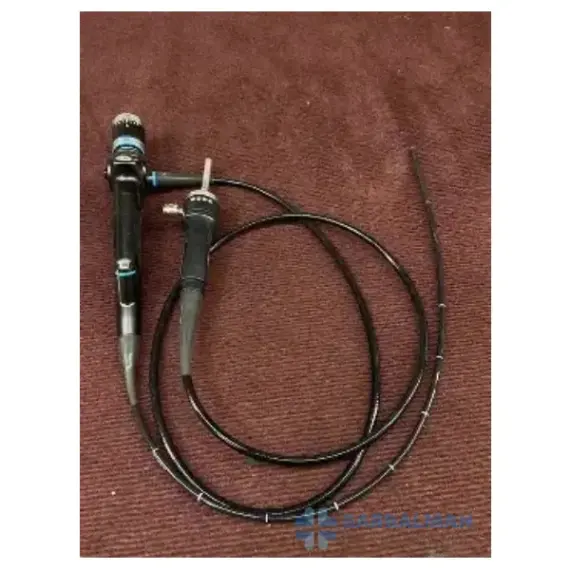Endoscope
Free!
Description
An endoscope is a flexible imaging instrument used to view internal anatomy through natural openings or small access points. It combines a light source, precision optics, and a steerable insertion tube to transmit clear images to a monitor. Clinicians use it to inspect tissue, take biopsies, and perform targeted therapy with minimal trauma. The result is faster diagnosis, smaller incisions, and shorter recovery times.
Features and benefits:
• High-clarity optics and bright illumination for crisp visualization
• Flexible shaft with tip deflection for precise navigation in complex anatomy
• Working channel for suction, irrigation, biopsy, and accessory tools
• Ergonomic handpiece with control wheels and programmable buttons
• Robust construction designed for repeated reprocessing
• Compatibility with standard camera processors, light cables, and insufflation
Typical applications:
• Gastroenterology for esophagogastroduodenoscopy and colon evaluation
• Pulmonology for bronchoscopy and secretion management
• ENT for nasal and laryngeal assessment
• Urology and gynecology for targeted inspection and biopsy
• Education and documentation through photo and video capture
Comparison notes:
• Flexible endoscopes reach tortuous pathways and allow therapeutic access.
• Rigid endoscopes offer maximal image sharpness and instrument stability in laparoscopy and arthroscopy.
Many facilities stock both to match case needs.
Quality and safety considerations:
• Follow validated cleaning and sterilization or high-level disinfection workflows.
• Many devices align with ISO 8600 terminology and test methods for endoscopes and with electrical safety frameworks such as IEC 60601 for connected equipment.
• Choose diameter, length, field of view, and channel size to fit patient population and procedure mix.
A modern endoscope extends clinical capability, improves diagnostic confidence, and supports efficient, minimally invasive care across specialties.




